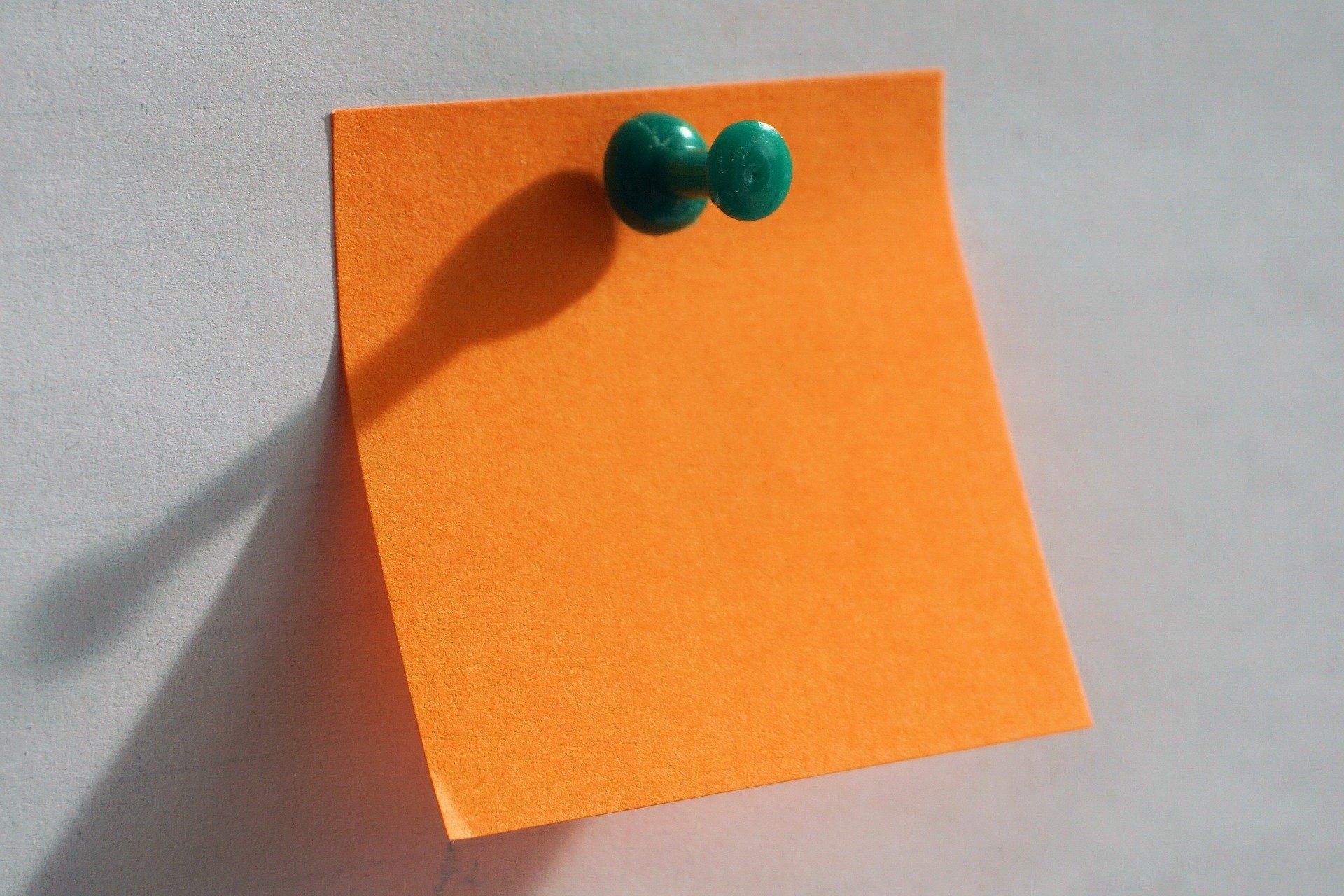Imagery: Improve your skills and confidence without breaking a sweat
Imagery, or visualization training, is a powerful tool to help you improve your performance. Imagery is not just daydreaming; it is careful and controlled mental rehearsal. While daydreaming involves imagery, you can also deliberately practice with it. With imagery, you visualize yourself performing successfully with many repetitions in great detail. Imagery can be used in many different ways:
1. To practice skills and reinforce learning :
As you write in your training journal after practices or competitions, visualize what you did to reinforce it. As you go to sleep at night, use imagery to review what you worked on that day.
2. To g et used to performing :
Athletes use imagery to see themselves competing, starting from arrival at the competition through the end of the day. Include warming up, feeling your adrenaline, feeling your nerves, settling your nerves, competing hard, and seeing the results of your success. In your professional life, you might see yourself entering a room full of people, walking confidently to the front of the room, giving your presentation, and answering questions calmly and knowledgeably. Musicians can see themselves walking on stage, settling in to their instrument, feeling the music and playing better than ever before.
3. To adjust energy levels:
Using different imagery can calm you down or get you going.
To adjust energy level upwards, one of my students liked to imagine stoking the fire in a steam engine train. When I was competing, I would visualize a sort of wishing well beside me that was filled with liquid energy, the color and texture of honey, that I could dip into with my hand whenever I needed more. Others like to visualize an enormous ocean wave crashing against the shore, an erupting volcano, or anything powerful.
To calm down, you can think of a relaxing place. Perhaps you are lying on a fluffy white towel on the warm sand at the beach. You feel the warmth of the sunshine on your body. A palm tree sways lightly in the gentle breeze nearby. The sky is clear and a beautiful shade of blue. You hear the waves lapping gently on the shore and smell the fresh, ocean air.
4. To get the mind ready during pre-performance time:
Use imagery to see what you intend to do that day – see yourself competing or performing well. Fencers might see themselves scoring great touches, controlling the distance, controlling the bout – anything that is particularly important for you to focus on that day. Musicians might see themselves controlling their breathing, the shape of their phrases, moving their fingers with agility, maintaining their tempo, or whatever they feel it is most important to focus on when they perform.
5. To refocus
Part of refocusing after something goes wrong is to see yourself executing the action successfully. Imagery can help you let go of what just happened and set you on the right path for what comes next.
6. To practice when it’s not physically possible:
Maybe you are traveling, injured, or ill and cannot train normally. Or maybe you need a training partner and nobody else shows up that day. Or maybe you are the best in your region and you need to train against tougher opponents. When you do imagery well, you are just under the level of actually firing the muscles, and you are getting much of the benefits of actually performing the actions.
7. To motivate by seeing images of goals and by seeing success :
When you feel like you’re in a slump, or just not making the progress you want, or you’re tired of working so hard every day, it helps to motivate yourself by using imagery to feel what achieving your goal will be like. How will it feel to shake hands and see the respect in the eyes of your opponent? How will it feel to hear your teammates cheering wildly or to hear you coach tell you how much your hard work has paid off? How will it feel to be on that medal stand? These images can help motivate you to keep working hard. Let’s face it, not all training is fun if your goals are lofty.
So, there are a lot of good reasons to use imagery training. But how exactly do you do it?
First, you need to choose an outside or inside view. The outside view is the view of yourself as though you are watching yourself on television – the camera angle. This is useful when you want to see how your body is positioned or how it is moving relative to other people, or to see yourself performing in the gold medal match. A musician or an actor might want to visualize how his bow will look from the audience’s point of view, and a speaker might want to imagine how his movements will emphasize his important points to his listeners.
But the inside view is the one top athletes use the most. This is the view through your own eyes. This is the way you will experience competing, or performing or presenting, so doing your imagery this way makes it the most realistic to your mind and body.
You need to incorporate different senses. See what you would be looking at. Hear the sounds of your actions. Smell the air around you, or any distinctive smells of your sport – the chalk of a gymnast, the horse of an equestrian, the rosin on the cello bow. Feel the equipment or your instrument in your hand and the ground beneath your feet. Make your imagery as realistic as you can.
When should you practice using imagery? Every chance you get!
- Any time you have a few minutes to daydream – although it is a bit different from daydreaming because you are really controlling what is happening.
- Whenever you are writing in your performance journal, you should visualize the actions as you write about them.
- During a break in the action, or when you conclude a piece of music or speech. If anything went wrong, visualize it going right immediately. When you do something incorrectly, and then you visualize doing it well, you have done it correctly 50% of the time. If you have time to visualize it twice correctly, you’ll improve even more.
- Immediately after doing relaxation training. After relaxation training, the brain is in a very receptive state for vivid imagery training. This is a particularly effective time to do imagery work.





